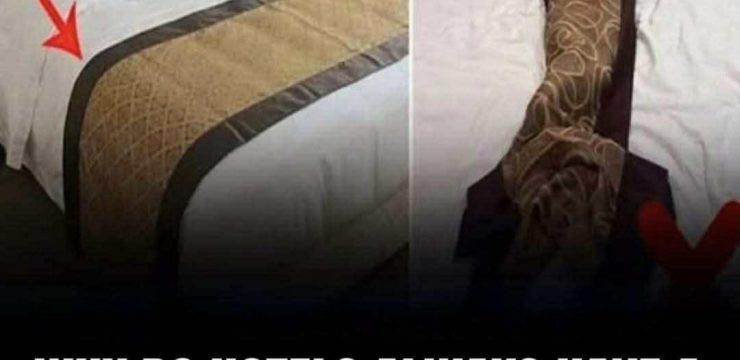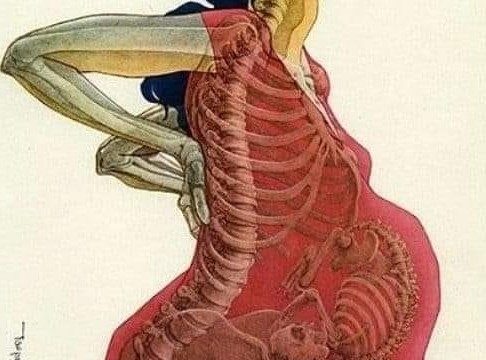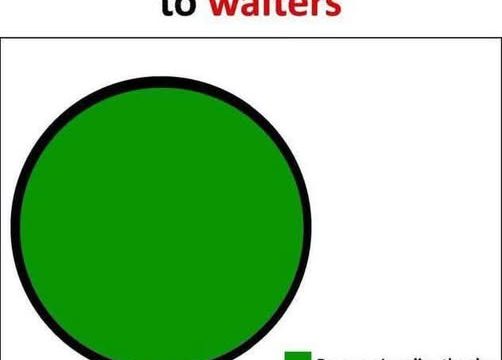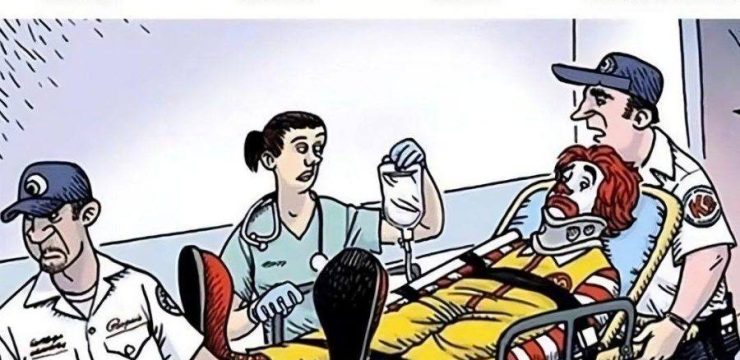Have you ever looked at a picture and seen one thing, only to realize later that your brain was playing tricks on you? Optical illusions have a way of messing with our perception, making us question what we think we see.
One illusion that’s been making waves online is a horse-themed puzzle that challenges viewers to figure out exactly how many horses are hidden in the image. At first glance, most people see just two. But look a little longer, and you might start to notice something different. Some say there are three horses, while others insist they see four. So, what’s the correct answer? Let’s break it down and see how our brains can be so easily tricked.
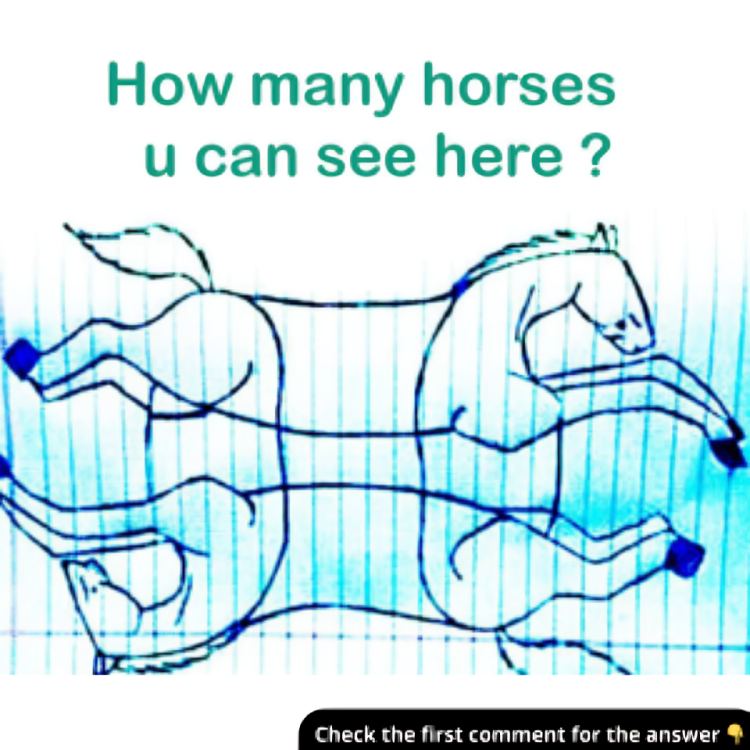
How Optical Illusions Fool Us
Optical illusions manipulate the way our eyes and brain interpret visual information. By playing with elements like color, light, perspective, and depth, they make objects appear distorted, duplicated, or even invisible.
This particular horse illusion is a perfect example of how overlapping shapes and clever positioning can lead to multiple interpretations of the same image. When we look at something, our brain processes it in a fraction of a second. But sometimes, what we see isn’t actually there. Instead, our minds fill in the blanks based on what we expect to see. That’s why two people can look at the same picture and come up with completely different answers.
So, How Many Horses Are There?
Take a moment to study the image. At first, you might see two horses—one upright and another upside-down. But the illusion is designed to make it difficult to spot the full picture.
If you carefully examine the details, you’ll start to notice additional horses hidden within the composition. The overlapping legs, bodies, and shapes blend together in a way that creates the illusion of extra figures. The surprising answer? There are actually four horses in the image!
Why Do We Struggle to See Them All?
So, why do so many people fail to spot all four horses right away? It all comes down to how our brains process images. Here are a few reasons why this illusion is so tricky:
- Overlapping Elements – When objects blend together, our brain tries to simplify the image by grouping similar shapes rather than identifying each one individually.
- Upside-Down Confusion – Seeing familiar objects in unusual positions, like an upside-down horse, makes it harder for our brain to process.
- Quick Judgments – Most people glance at images and make snap decisions instead of analyzing every detail.
- Negative Space Tricks – The empty spaces in the image create additional visual cues, making it even harder to separate each horse.
How to Solve the Illusion
If you’re struggling to see all four horses, here’s a simple step-by-step approach to help you break down the illusion:
- Take in the Whole Image – Instead of focusing on one section, try to see the entire picture.
- Identify the Most Obvious Horses – Start with the ones that immediately stand out, usually the upright and upside-down horses.
- Look at Overlapping Details – Pay close attention to how legs, bodies, and heads blend together to form additional horses.
- Break It Down by Features – Instead of searching for whole horses, count individual parts like heads, legs, and tails. You might be surprised at what you find!
- Step Away and Look Again – Sometimes, giving your eyes a short break before re-examining the image helps reveal what you missed.
The Fascination Behind Optical Illusions
Illusions like this are fascinating because they highlight how complex our perception really is. Our brains don’t always interpret reality accurately; instead, they take shortcuts to process information as quickly as possible.
These puzzles challenge us to slow down, observe carefully, and look beyond the obvious. They also help sharpen cognitive skills, encouraging us to think critically and see things from different perspectives.
Did the Illusion Trick You?
Now that you know the answer, how many horses did you count at first? Were you able to see all four right away, or did it take you a while to spot them?
Visual puzzles like this are a fun way to test your observation skills and train your brain to recognize hidden details. So, next time you come across a tricky image, take your time—your eyes might not always see the full picture at first glance!
